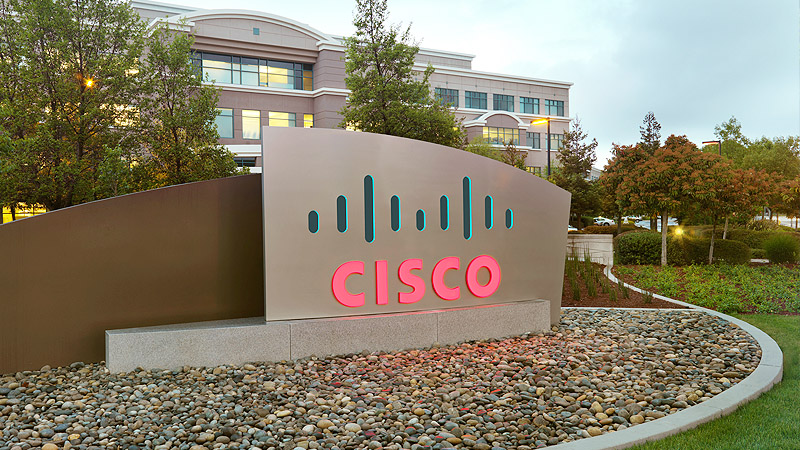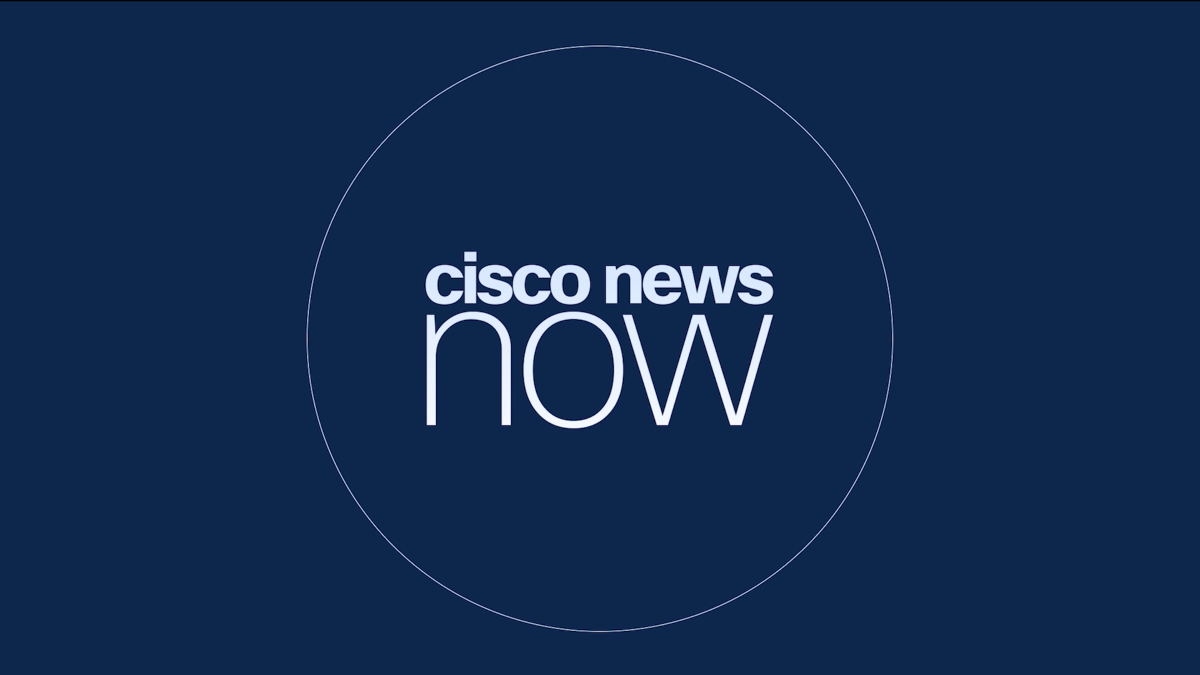Amsterdam, Netherlands, March 24, 2014 – Cisco has created a wireless network in the Rijksmuseum for both visitors and staff. This network plays a crucial role in the experience of the visitors, who are offered detailed information online which they can view on their own mobile devices. This technology is certainly attracting the crowds. Visitor numbers have more than doubled, a result far beyond expectations.
The aim of the extensive renovation of the Rijksmuseum building, completed last year, was to connect more effectively with the needs of the modern museum visitor: more comfort, better facilities, easier access. The building has been transformed in the spirit of the original design into modern premises with state-of-the-art security, climate control, and IT infrastructure. As ICT partner of the Rijksmuseum, Cisco was asked to share ideas on how to create a stable Wi-Fi infrastructure in a historical building and how to use ICT to enhance the customer experience. Following a European tender Cisco emerged as the best candidate to meet the demands of the Rijksmuseum.
The Rijksmuseum is one of the top 10 art and history museums in the world, by number of visitors. Based in the heart of Amsterdam, it is the national museum of the Netherlands and dates back to 1800. The Rijksmuseum exhibits predominantly Dutch art and history from the Middle Ages up until today. The museum houses top pieces from well-known 19th-century Dutch artists, including The Night Watch, by Rembrandt van Rijn, and The Milk Maid, by Johannes Vermeer, and is one of the top visitor attractions in the country. The museum was closed from 2003 until April 2013 for extensive refurbishment. The 10-year, €375 million (US$512 million) renovation was completed in 2013 and was aimed to update most aspects of the museum and at the same time help it to compete for visitors against other popular attractions.
Rob Hendriks, ICT Manager, Rijksmuseum: "We didn't want all that technology in the building to divert attention from the exhibited works, so it had to be totally out of sight. Around 150 wireless access points were deftly concealed under floors and behind ceilings. That was a big task, because the building dates from 1885 and was definitely not Wi-Fi-friendly, with all sorts of niches, alcoves, corners, stairs, corridors, and vaulted ceilings, not forgetting the concrete and steel floors that were added during the renovation. On top of that, between 10,000 and 15,000 visitors had to be able to access the network museum-wide every single day, also during peak times. Cisco managed to do all of that."
Michel Schaalje, CTO Cisco Netherlands: "The Rijksmuseum relies on technology in order to achieve a completely new dimension in the visitor's experience. The museum is leading in leveraging the potential of the current networks. And this is just the beginning. Technological developments around the Internet of Everything ‑ connecting people, processes, data and things – will offer unprecedented possibilities for bringing the visitor experience to an even higher level."
At the moment the Rijksmuseum is looking at extra functions that the network could offer. Hendriks: "We could use information from the network to pinpoint the locations of visitors in the building. We could then help them find their way and avoid congestion around top exhibits by suggesting an alternative route. We might find it useful to see how people navigate an exhibition: which points along the route are busiest, and which objects are the biggest crowd-pullers? That, in turn, could make us think of reorganizing the layout to improve the experience of the public."
The Rijksmuseum wants to share its collection of one million items with the entire world, and more and more objects of art and history can be downloaded. The museum website is intended for sharing information not only with art lovers outside the museum but with visitors inside the museum as well. Amongst other things, multimedia tours are available as apps. These depend heavily on the wireless network for content and enable visitors to delve deeper into the material at their leisure. The Cuypers Library, the biggest and oldest art history library in the Netherlands, is much loved by visitors, students and art historians who come here – some armed with iPads, which the museum makes available – to explore the collection.
Building Management
The network is also used for managing the building and regulating the LED lighting. The illumination of newly mounted artworks can be adjusted with an iPad or smartphone until it is exactly right.
The Rijksmuseum uses an open-standard Cisco Unified Access™ wireless and cabled network that provides support not only for the wireless devices of the visitors ("bring your own device" or "BYOD") but also IP telephony. It consists of 150 wireless access points (Cisco® Aironet 3700 Series Access Points with CleanAir), a Cisco Identity Services Engine (ISE), Cisco Catalyst 3750 Series switches, two Cisco ASA 5500-X Series Next-Generation Firewalls, and Cisco Unified Communications. The network was installed by Cisco partner Imtech, which also takes care of the network management.
For more information, please find a full case study here.
About Cisco
Cisco (NASDAQ: CSCO) is the worldwide leader in IT that helps companies seize the opportunities of tomorrow by proving that amazing things can happen when you connect the previously unconnected. For ongoing news, please go to http://thenetwork.cisco.com. Cisco equipment in Europe is provided by Cisco Systems International B.V. and Cisco International Limited, wholly owned subsidiaries of Cisco Systems, Inc.
# # #
Cisco and the Cisco logo are trademarks or registered trademarks of Cisco and/or its affiliates in the U.S. and other countries. A listing of Cisco's trademarks can be found at www.cisco.com/go/trademarks. Third-party trademarks mentioned are the property of their respective owners. The use of the word partner does not imply a partnership relationship between Cisco and any other company




